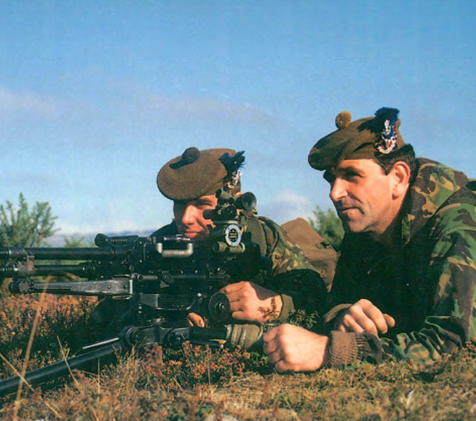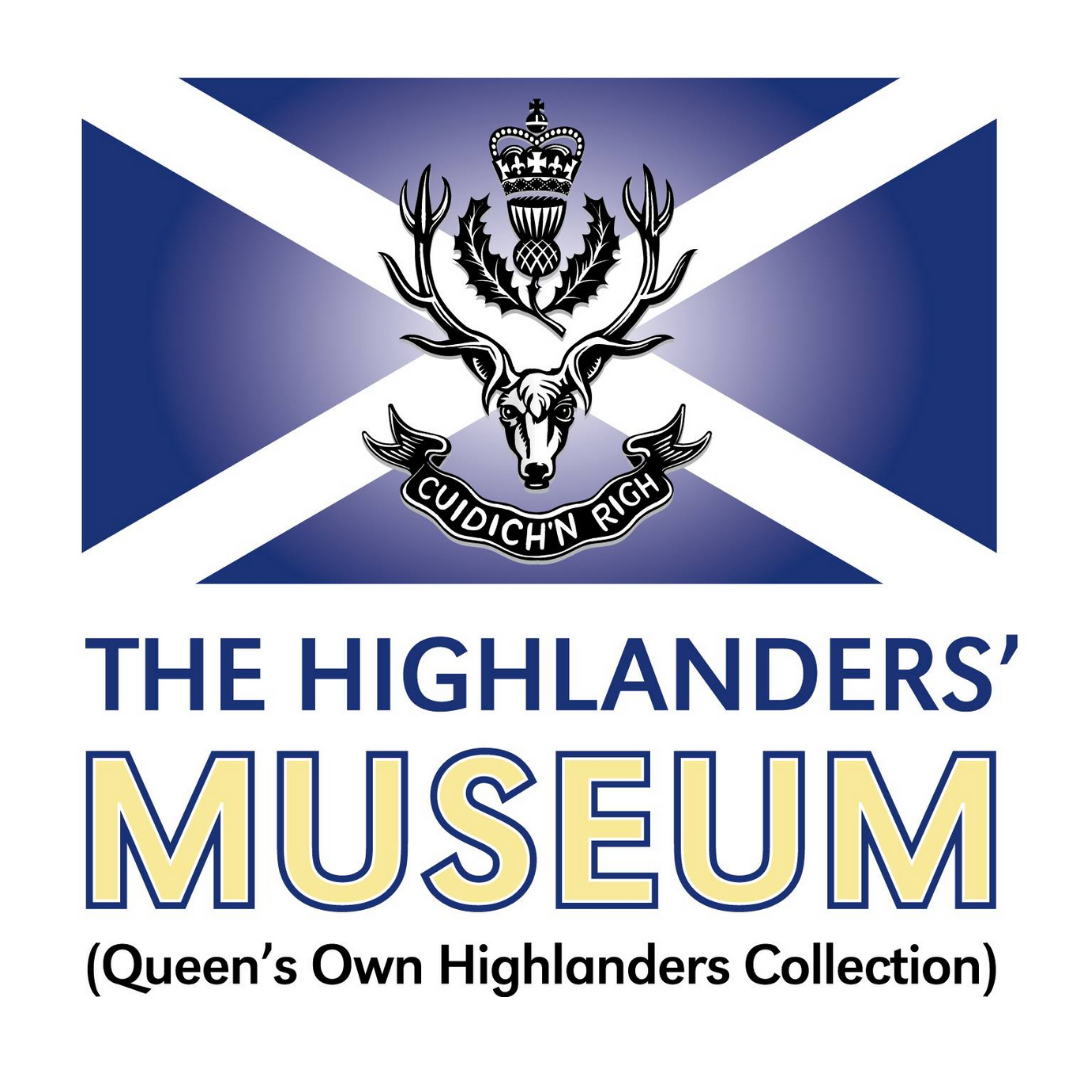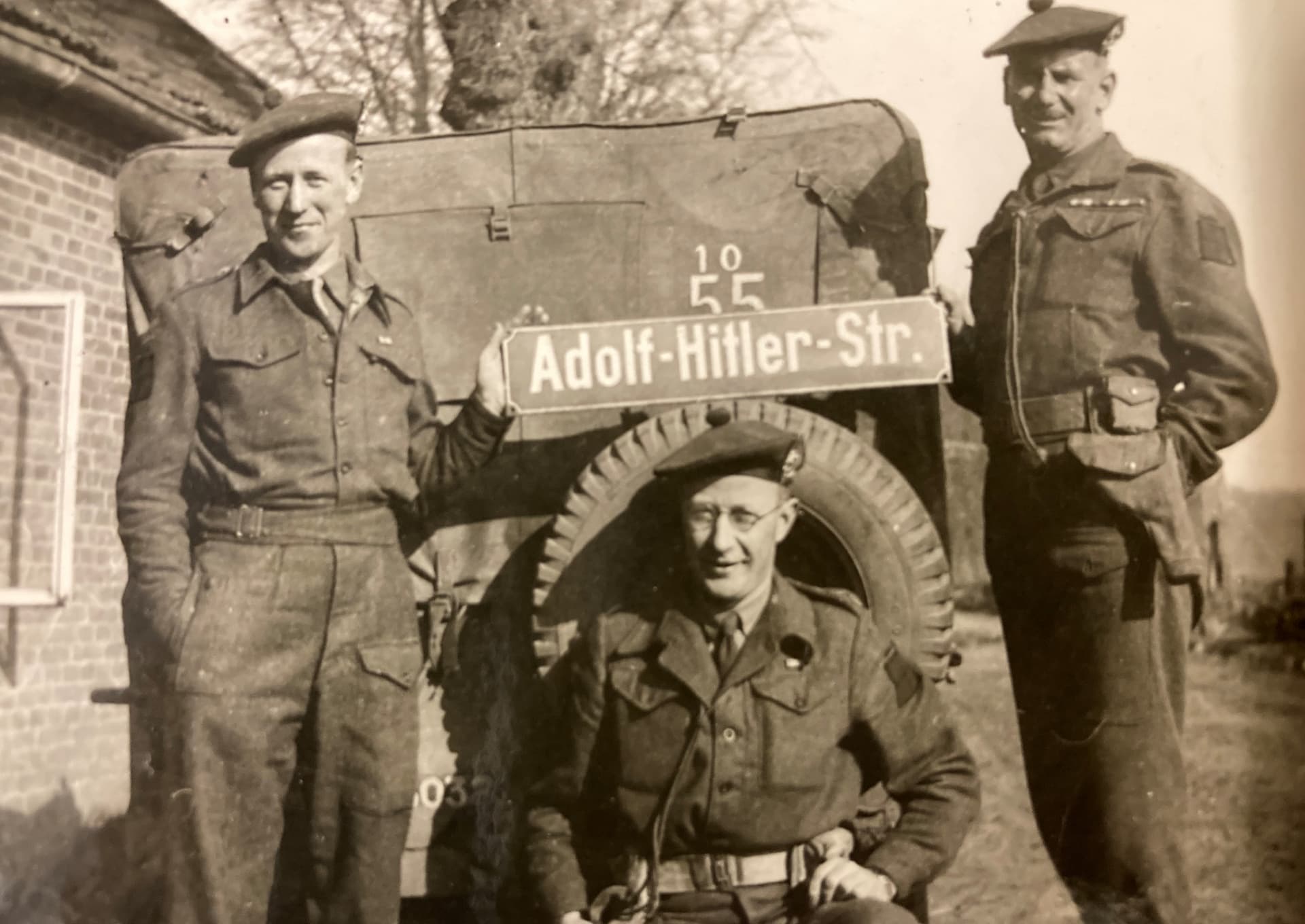TIMELINE OF THE HIGHLAND REGIMENTS
SEAFORTH HIGHLANDERS
(1778 – 1961)
This historic regiment was raised in January 1778 by Kenneth Mackenzie, Earl of Seaforth and was known as the 72nd Regiment, Duke of Albany’s Own Highlanders. The oldest regiment represented by the museum, the Seaforth Highlanders travelled all over the world, from Java and Mauritius to Sudan, South Africa, and beyond. Discover the rich and turbulent history of the Seaforth Highlanders, from amalgamations and protests to eighteen Victoria Crosses.
SEAFORTH HIGHLANDERS
(1778 – 1961)
This historic regiment was raised in January 1778 by Kenneth Mackenzie, Earl of Seaforth and was known as the 72nd Regiment, Duke of Albany’s Own Highlanders. The oldest regiment represented by the museum, the Seaforth Highlanders travelled all over the world, from Java and Mauritius to Sudan, South Africa, and beyond. Discover the rich and turbulent history of the Seaforth Highlanders, from amalgamations and protests to eighteen Victoria Crosses.
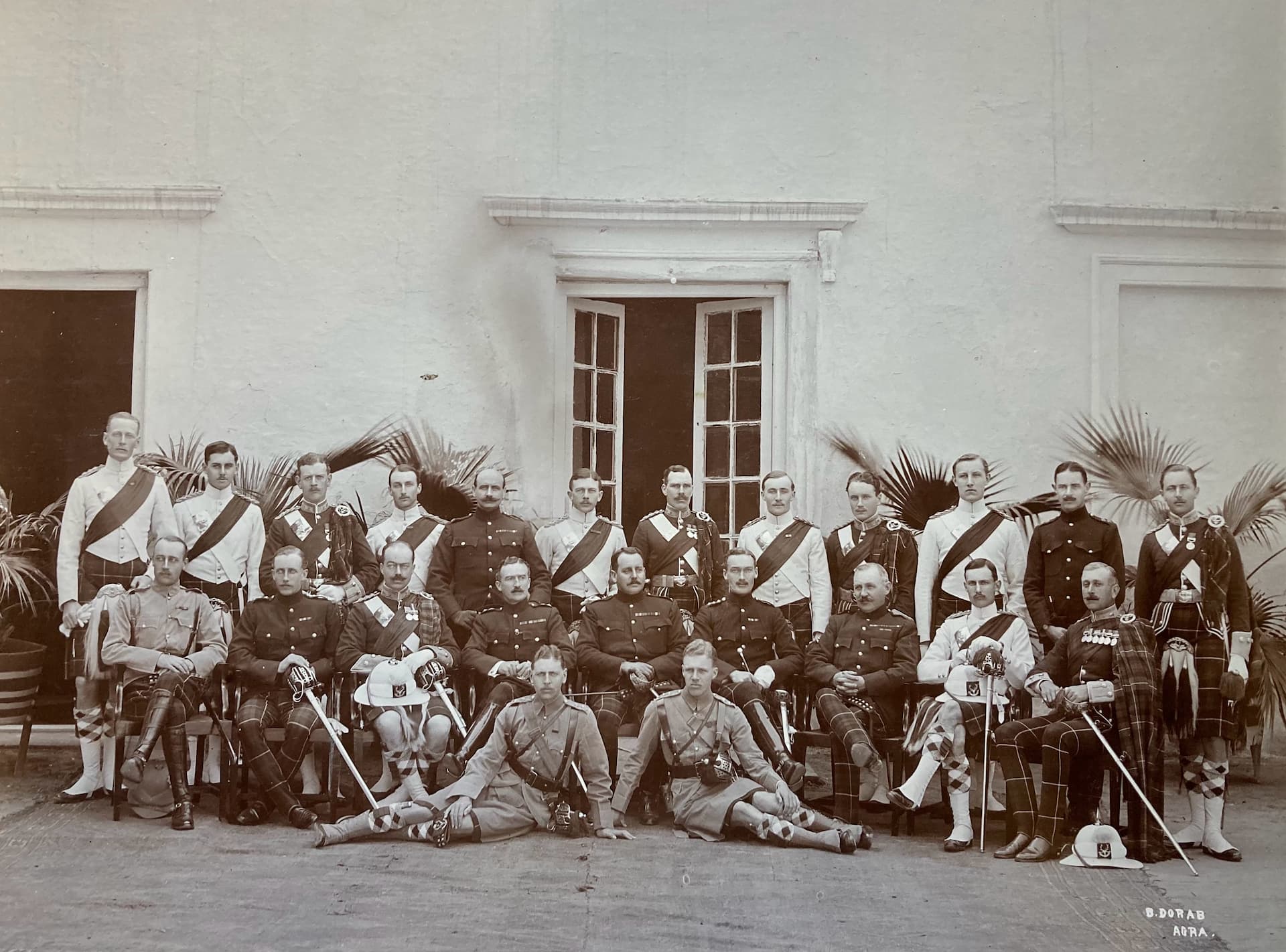
CAMERON HIGHLANDERS
(1793 – 1961)
Raised as the 79th Regiment of Foot (Cameronian Volunteers) in 1793 by Alan Cameron of Erracht to fight in the French Revolutionary Wars, the regiment comprised recruits from Lochaber, Appin, Mull, and North Argyll. The Highlanders’ Museum displays objects relating to the whole history of the Camerons, from documents relating to the appointment of the captain of the 79th Regiment of Foot in 1795, to uniforms, medals, and paintings.
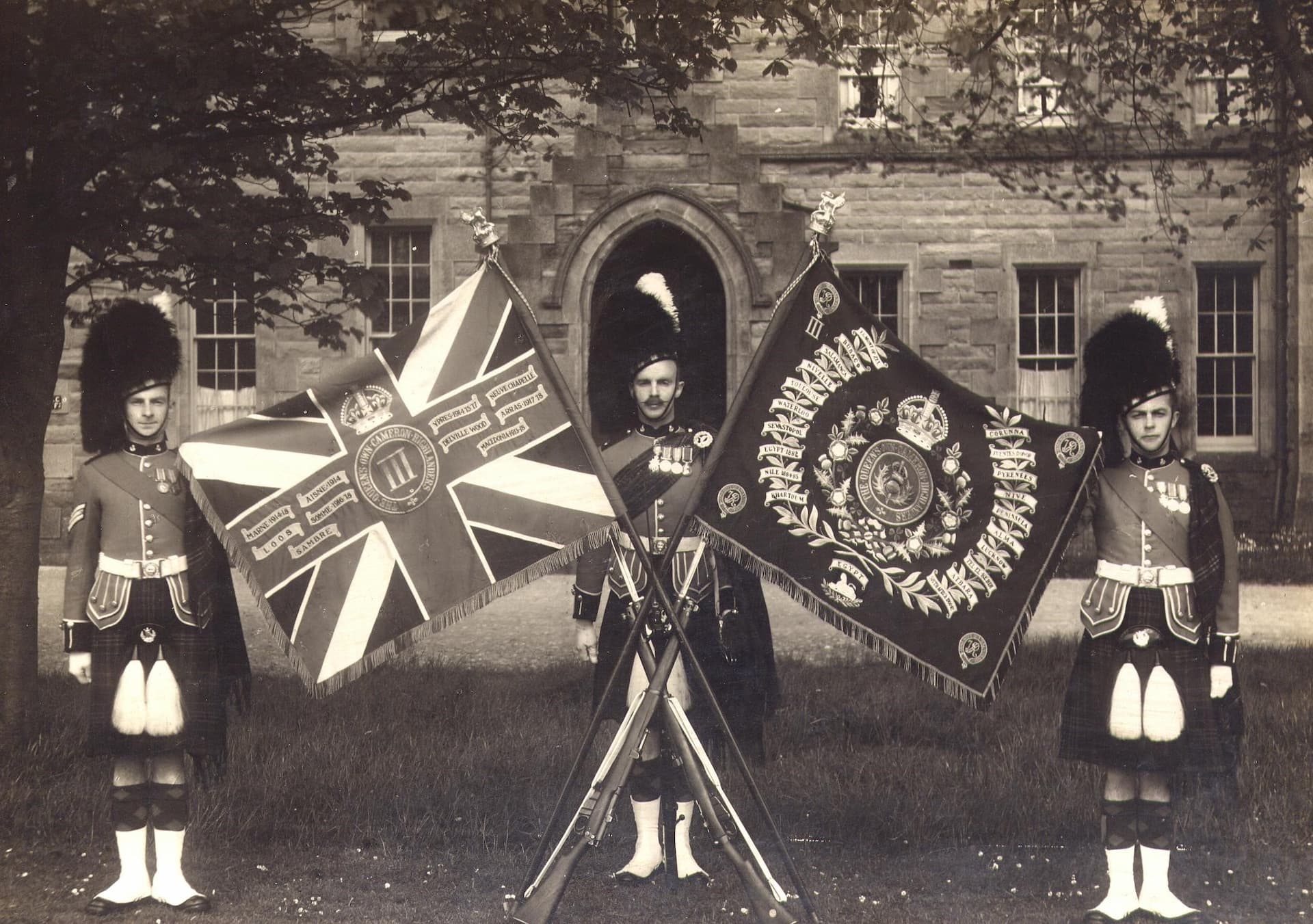
VOLUNTEERS, MILITIA, AND TERRITORIALS
(1793 – PRESENT)
While the Seaforths and Camerons were fighting abroad in the late 1700s, the Highlands needed protection against possible invasion; the Volunteers were initially responsible for keeping an enemy attack at bay, and were reinforced by the Militia in 1797. Still in need of home defense, the Militia were reinforced by the Territorials in 1907, which later evolved into the Territorial Army, which is still active today.
VOLUNTEERS, MILITIA, AND TERRITORIALS
(1793 – PRESENT)
While the Seaforths and Camerons were fighting abroad in the late 1700s, the Highlands needed protection against possible invasion; the Volunteers were initially responsible for keeping an enemy attack at bay, and were reinforced by the Militia in 1797. Still in need of home defense, the Militia were reinforced by the Territorials in 1907, which later evolved into the Territorial Army, which is still active today.
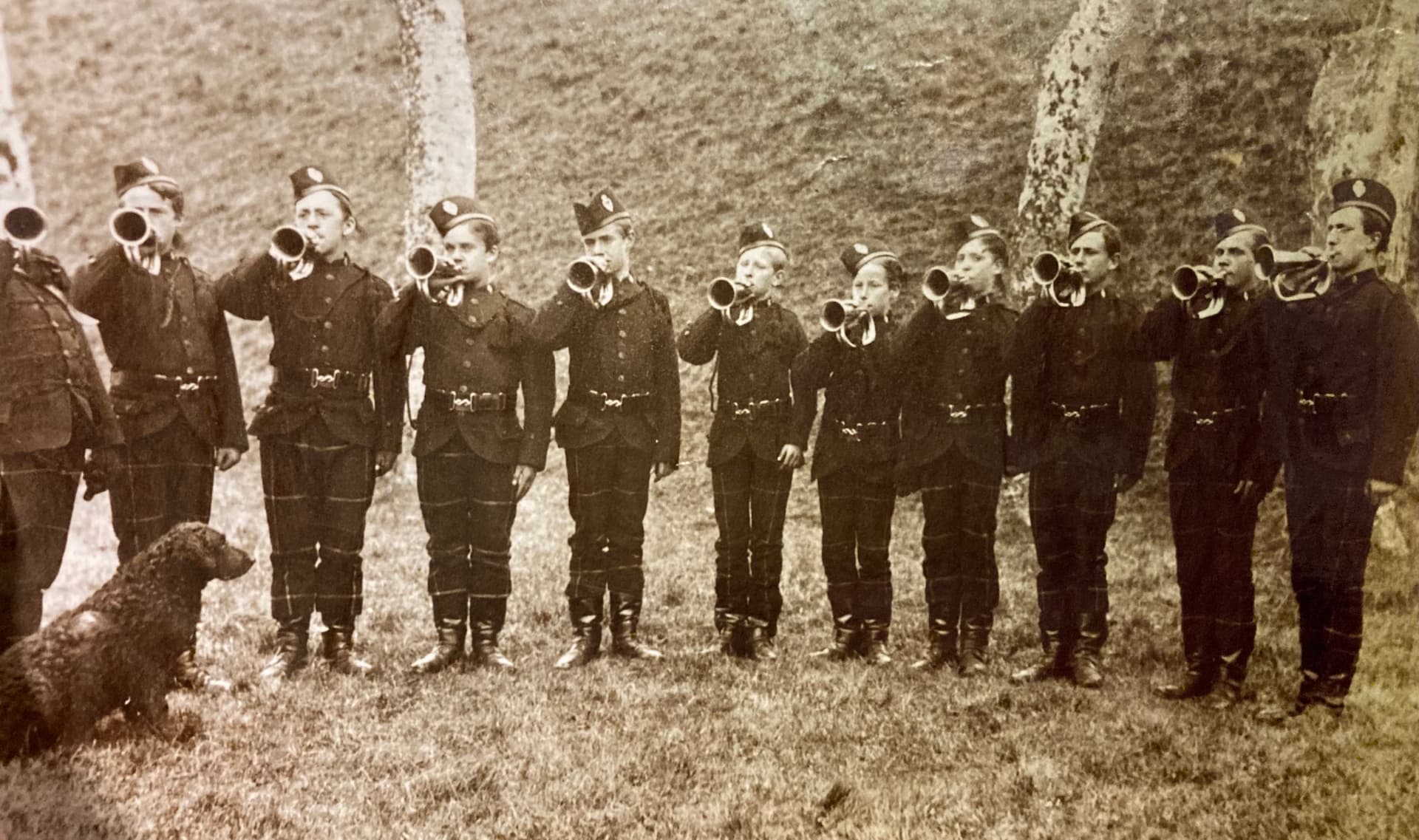
LOVAT SCOUTS
(1899 – 1967)
The Lovat Scouts were a unique regiment of the British Army that was initially raised to challenge the guerilla warfare tactics of the Boers (descendants of Dutch settlers in South Africa) during the Second Boer War (1899 – 1900). Comprised of ghillies, stalkers, gamekeepers, and shepherds, their understanding of reconnaissance and ‘fieldcraft’ made them a force to be reckoned with, and greatly contributed to British victory in South Africa.

WORLD WAR I
(1914 – 1918)
Thousands of brave Seaforths, Camerons, and Lovat Scouts fought in the Great War, cementing the reputation of Highland regiments as fearless and tirelessly brave. Crucially, World War I also involved civilian volunteers and conscripts from all over Scotland and the Highlands, contributing to Britain’s success in defeating the Germans in 1918. The names of those who gave their lives are remembered on memorials across the world.
WORLD WAR I
(1914 – 1918)
Thousands of brave Seaforths, Camerons, and Lovat Scouts fought in the Great War, cementing the reputation of Highland regiments as fearless and tirelessly brave. Crucially, World War I also involved civilian volunteers and conscripts from all over Scotland and the Highlands, contributing to Britain’s success in defeating the Germans in 1918. The names of those who gave their lives are remembered on memorials across the world.
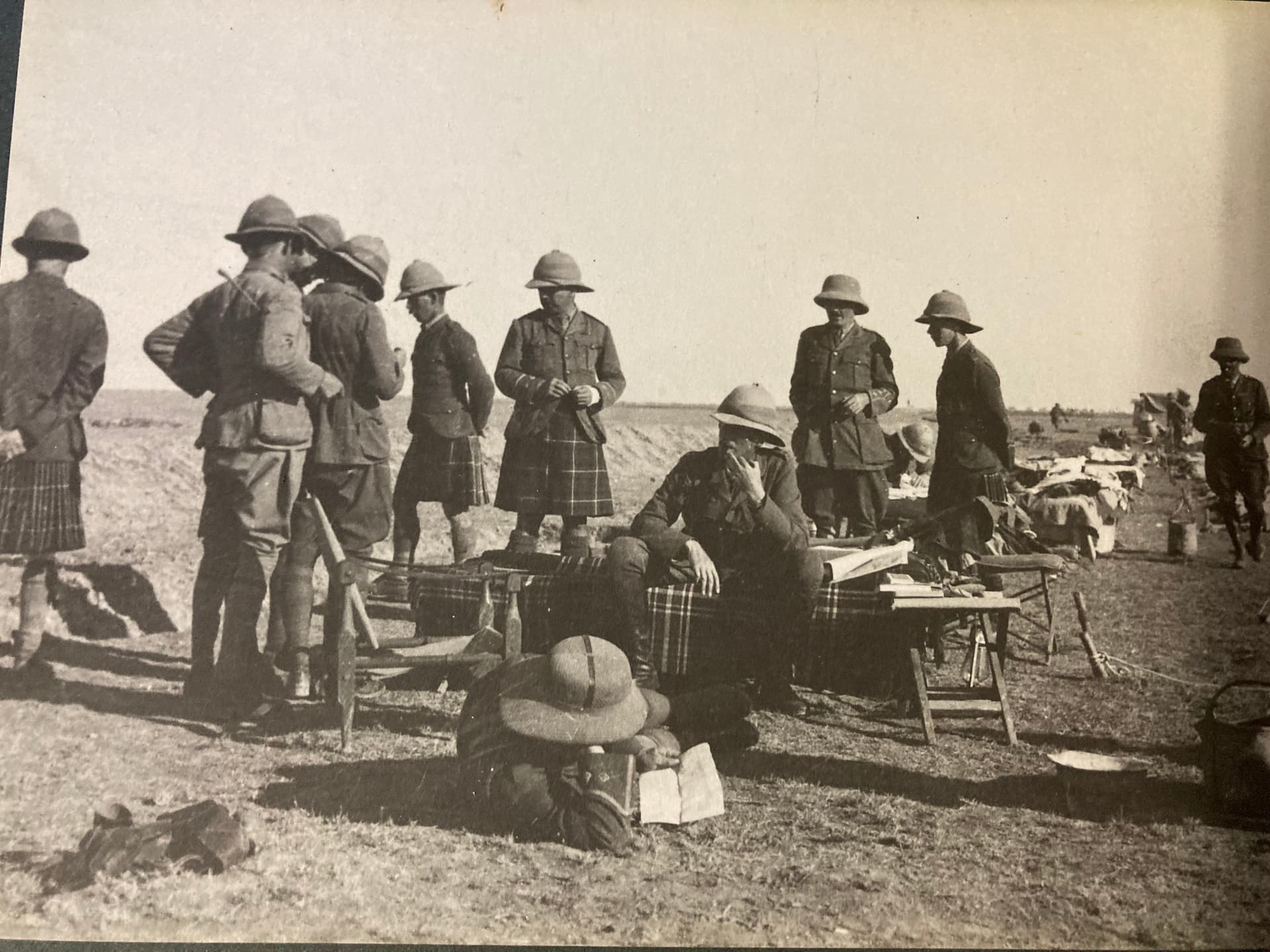
WORLD WAR II
(1939 – 1945)
Twenty-one years after the Seaforths, Camerons, and Lovat Scouts first fought in the Great War, the Second World War commenced in 1939. Following a difficult start to the War with surrenders at St Valery and Tobruk, the regiments fought to eventual victory. Serving in battlefields across the globe, from France and Germany to North Africa and East Asia, they amassed 118 Battle Honours; read their incredible story.
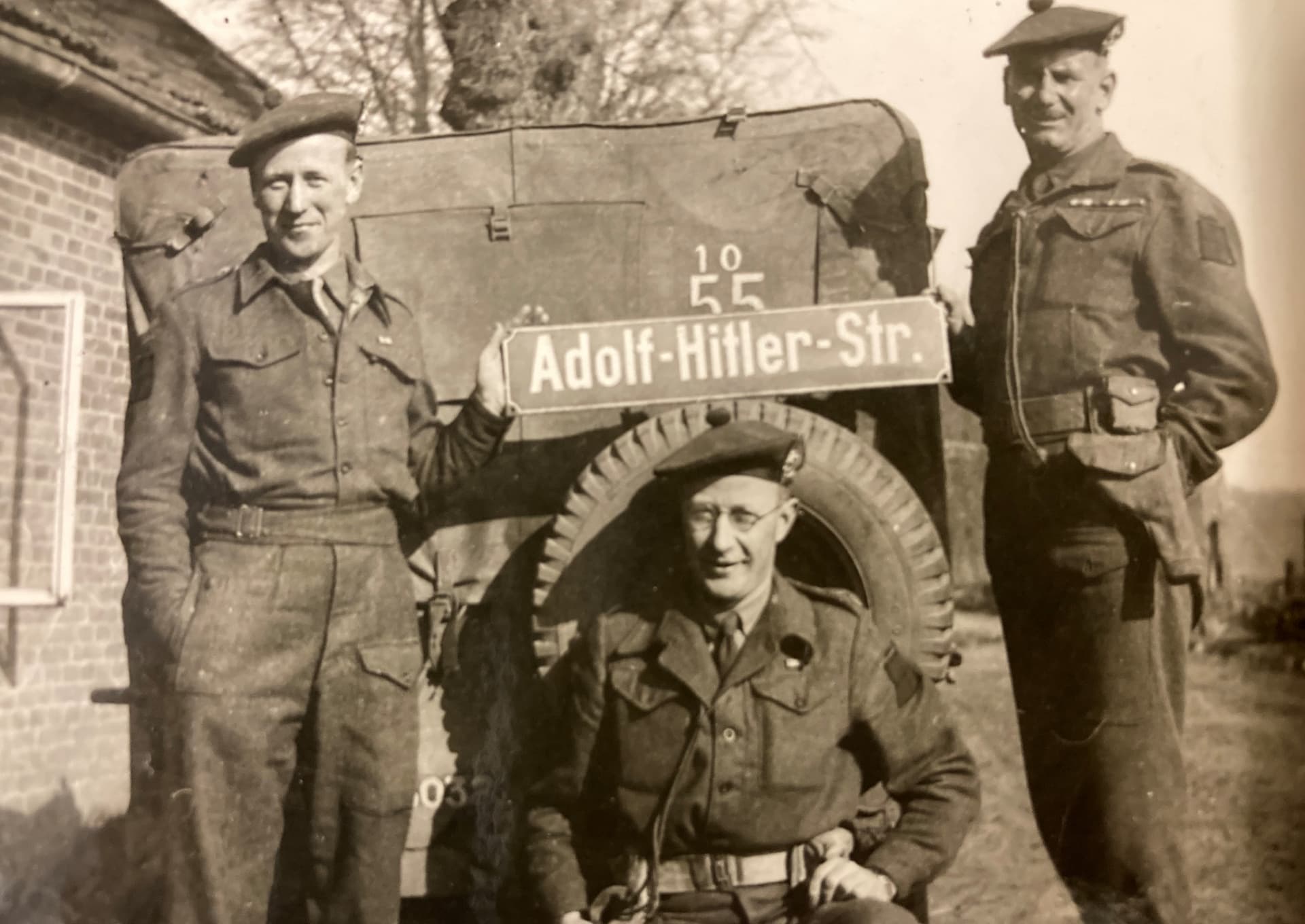
QUEEN’S OWN HIGHLANDERS
(1961 – 1994)
In February 1961, major defense adjustments led to the amalgamation of the regiments to form the Queens’ Own Highlanders (Seaforths and Camerons). The newly formed regiment served in Singapore, North Borneo, and Brunei, but by 1971 operations were closer to home with regular operational tours in Northern Ireland. Following involvement in the Falklands, Hong Kong, Belize, and the Gulf War, the regiment was destined for further restructuring in 1994.
QUEEN’S OWN HIGHLANDERS
(1961 – 1994)
In February 1961, major defense adjustments led to the amalgamation of the regiments to form the Queens’ Own Highlanders (Seaforths and Camerons). The newly formed regiment served in Singapore, North Borneo, and Brunei, but by 1971 operations were closer to home with regular operational tours in Northern Ireland. Following involvement in the Falklands, Hong Kong, Belize, and the Gulf War, the regiment was destined for further restructuring in 1994.
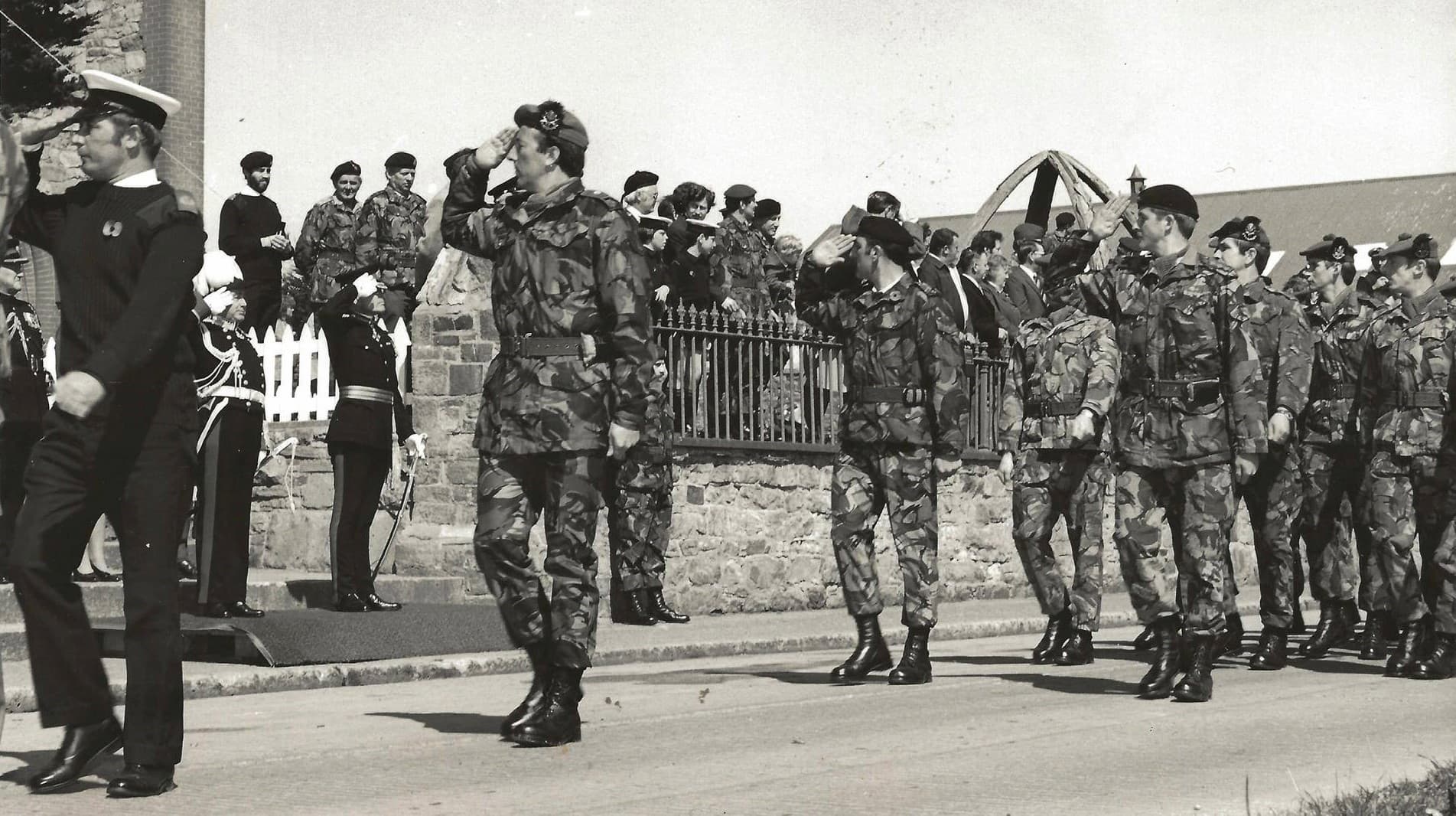
THE HIGHLANDERS
(1994 – 2006)
In 1994, the Queens’ Own Highlanders (Seaforths and Camerons) were amalgamated with the Gordon Highlanders, creating The Highlanders (Seaforths, Gordons, and Camerons). The collapse of Communism, the end of the Cold War, and The Troubles in Northern Ireland heavily impacted the British Army; in 2006, yet another reorganisation resulted in a single multi-battalion Scottish infantry regiment, and The Highlanders became known as the 4th Battalion the Royal Regiment of Scotland.
